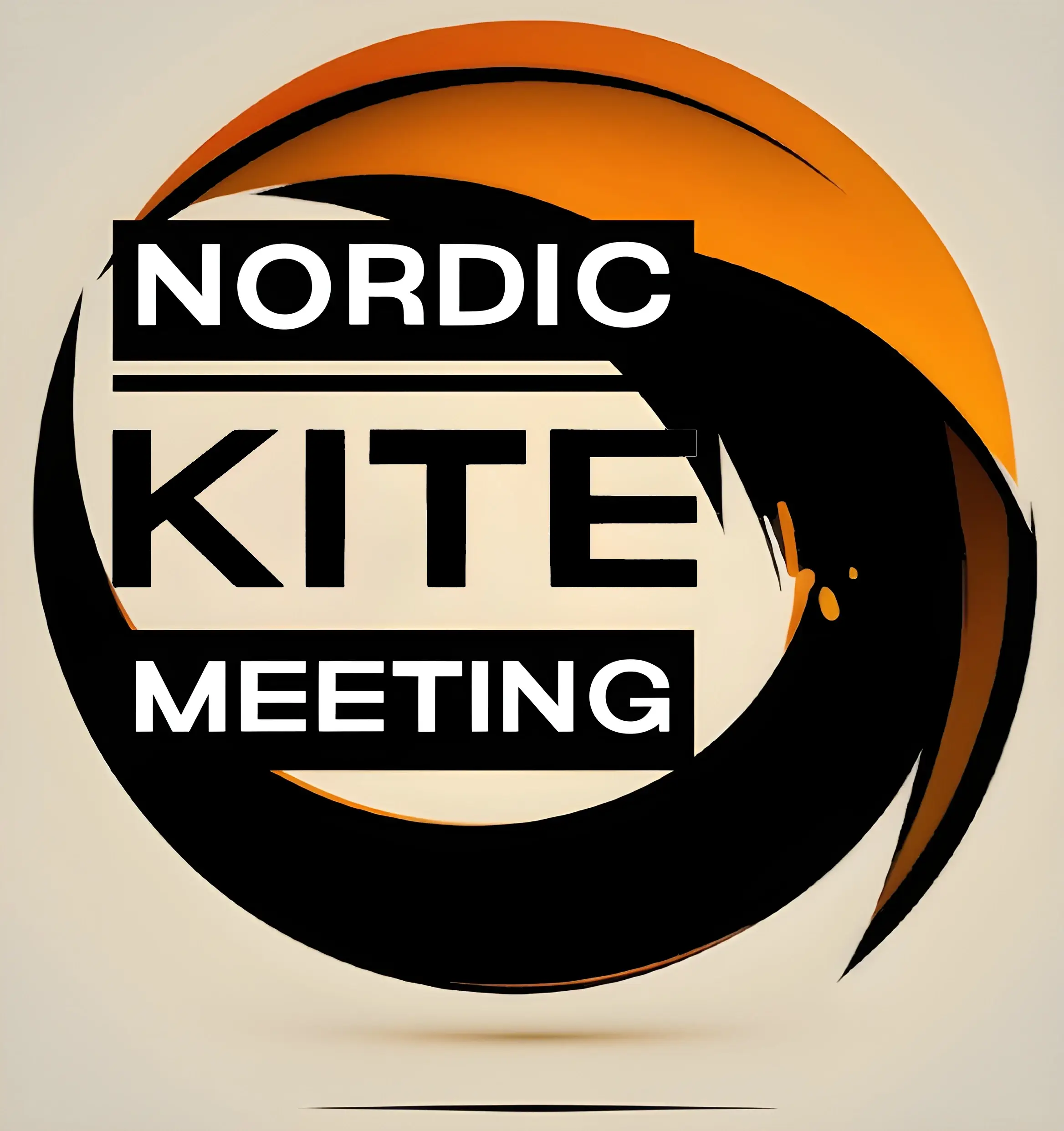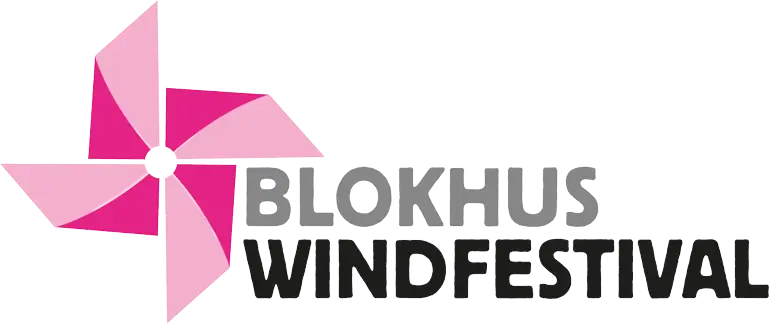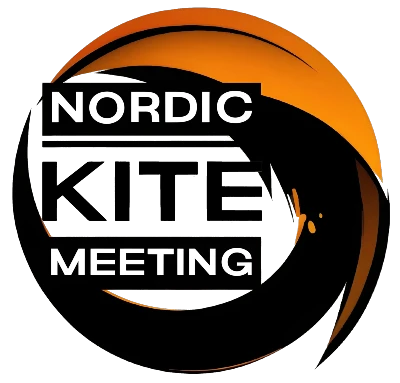Yes, I really love the traditional Rokkaku Dako kite. I’m the happy owner of a few, both ones that I have bought and also a few I’ve made. And this is a perfect kite to start your kite building “career”. You can actually come away with making it out of one piece of fabric, straight seams only and no intricate details to worry about.
Or… you can use the (large) sail area as canvas for astonishing pieces of art. It’s all up to you. And you’re more or less guaranteed to end up with a stable flyer when you tune the bridle right and find the correct tension for the bow lines, the lines that curve the cross spars shaping the sail for perfect flight.
Let’s head over to Wikipedia and check out what it says about this magnificent kite.
Rokkaku (Japanese: 六角, “six corners” or “hexagon”) can refer to several things which of one is the kite.
“…The Rokkaku dako (六角凧) is a traditional six-sided Japanese fighter kite. Traditionally, it is made with bamboo spars and washi paper. The rokkaku kite is often hand painted with the face of a famous Samurai. The structure is a vertically stretched hexagon with a four-point bridle. One bamboo runs from tip to toe, and there are two cross-spars. Flown on a taut string, the kite is stable and rises rapidly. When the line is released, the kite tumbles until tension is put on the line, at which point it takes off in the direction of the spine. Fighting two or more of these kites involves tipping over or destabilizing the opposing kite or cutting its kite line or bridle. Cows are often painted on kites to resemble wealth.
Most artistic Japanese kites were developed in the Edo period from 1603 to 1867. At this time, Japan was closed to foreigners. Different designs originated from different regions of the country, including, presumably, the Rokkaku. …”
So equipped with a handful of Roks, my plan was to do some Kite Aerial Videography, because the Rokkakus are excellent lifters for KAP rigs too!
However, the wind was capricious and it was difficult to get the rig up there. So I decided to put the KAP gear back into the rucksack and just fly a couple of Roks. That worked out fine!




